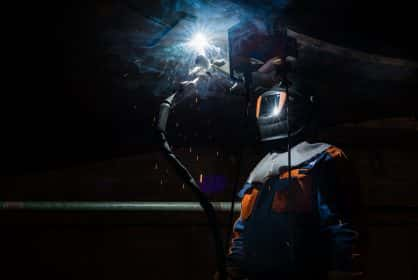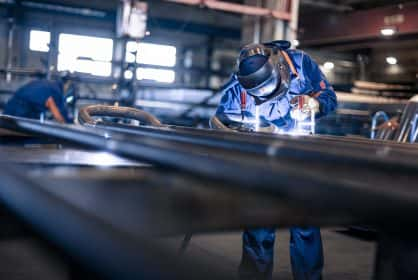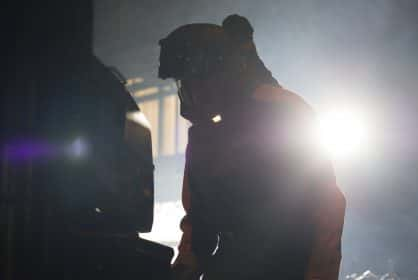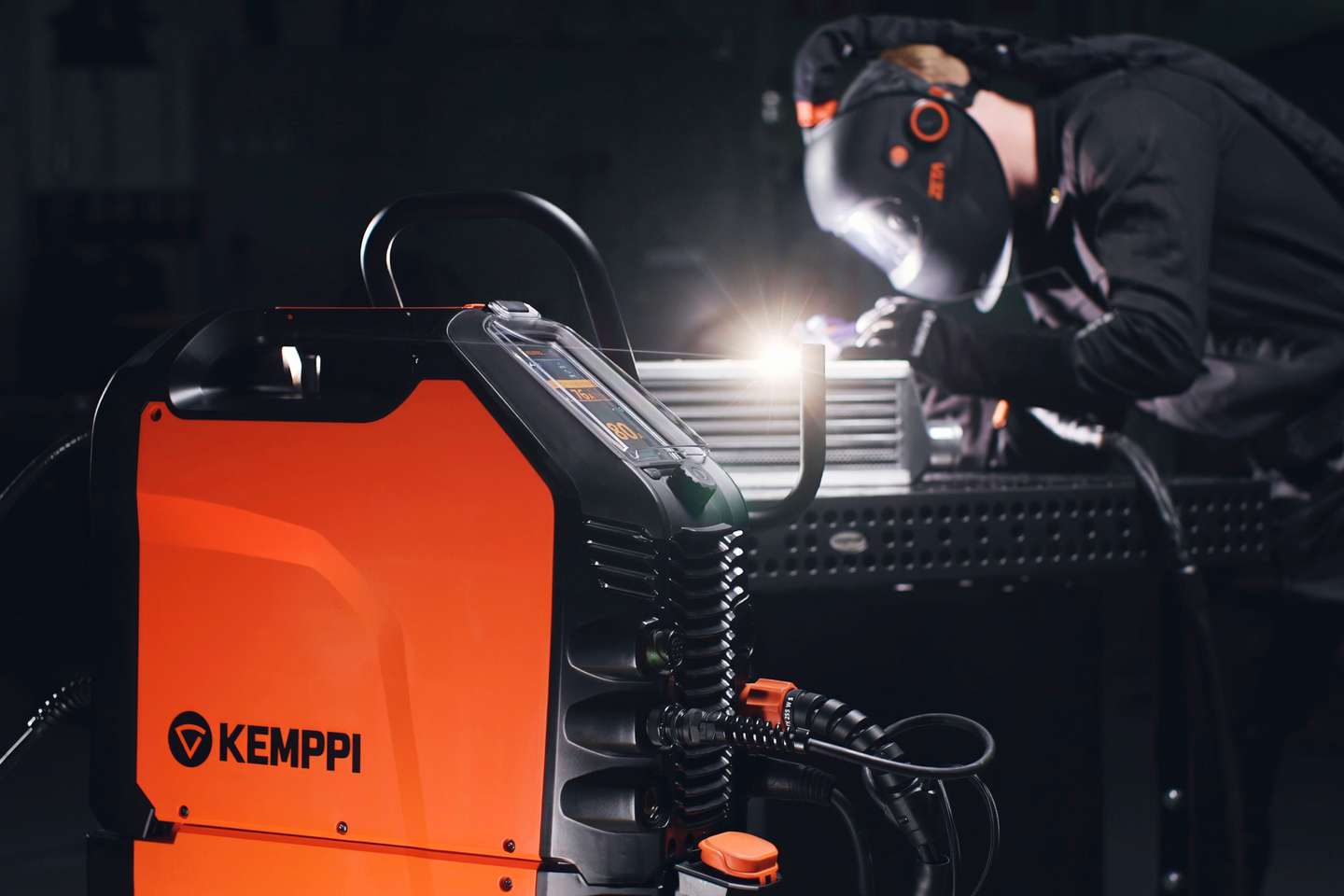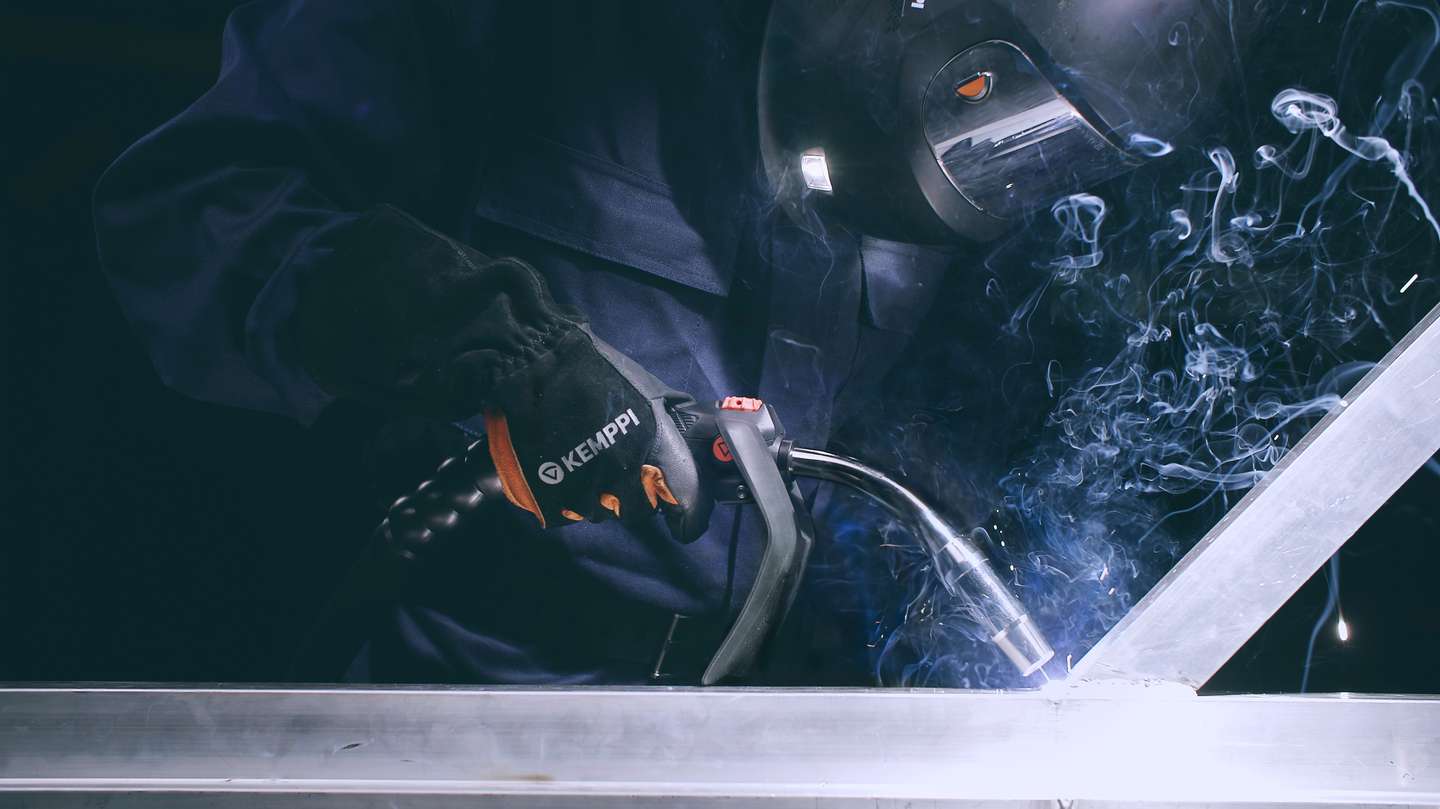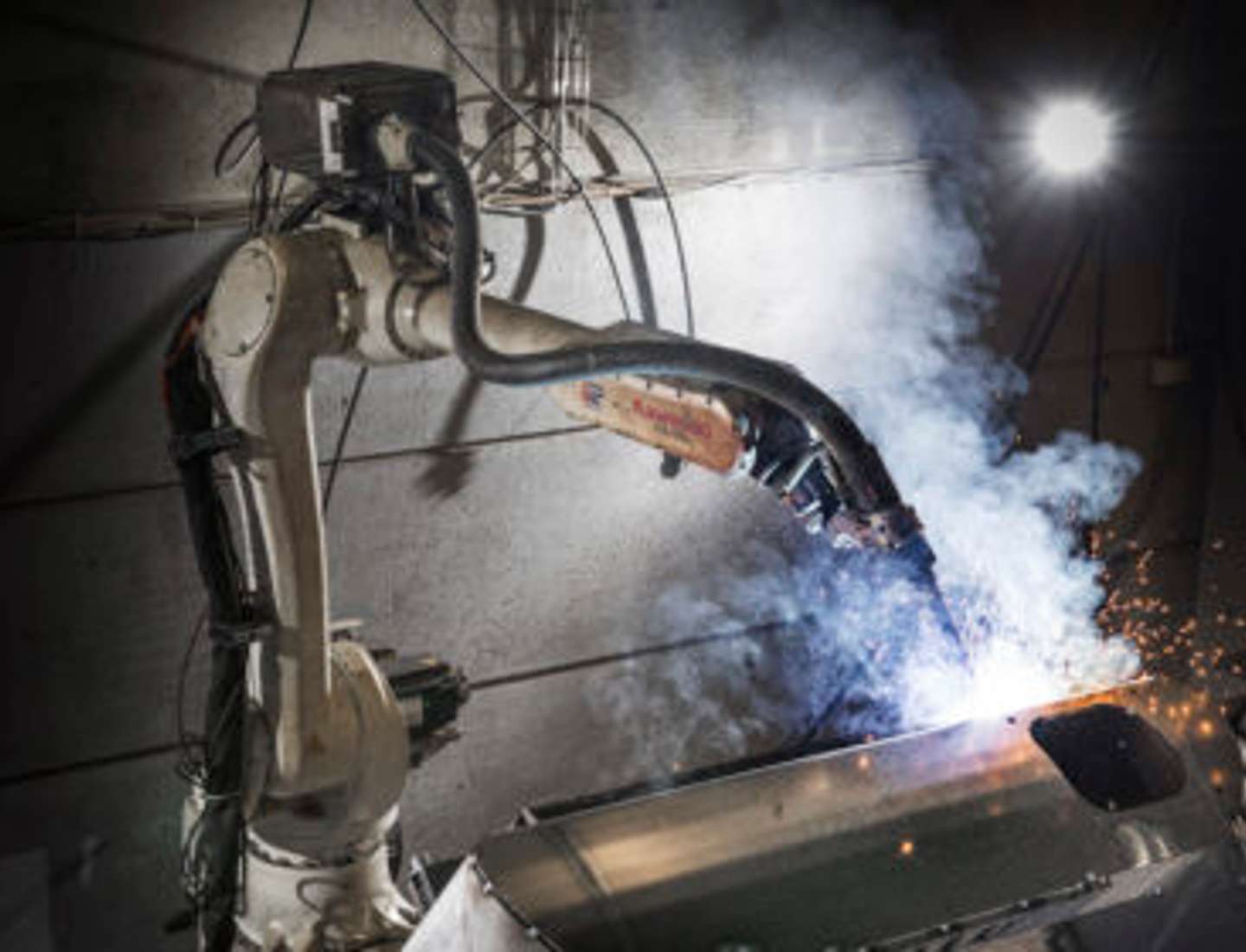
Automatisation du soudage
Welding Trends 2019
6 janvier 2019
The world is changing fast. It is predicted that in the next ten years, we will be seeing more changes in technology than we’ve seen over the last hundred. As a fundamental process in the manufacturing industry, welding is also steadily evolving.
Sonja Airikka

Sonja Airikka
Sonja Airikka
Communications Specialist, Content Marketing at Kemppi Oy until January 2022. Content marketing professional who is interested in branding and the Asian market. Devoted to storytelling, passionate about great content. Managing editor of Welding Value blog 2015-2021.
